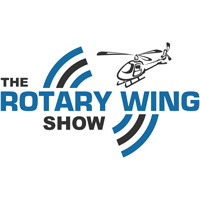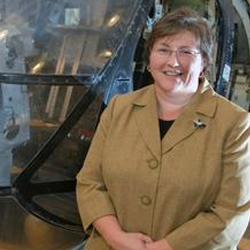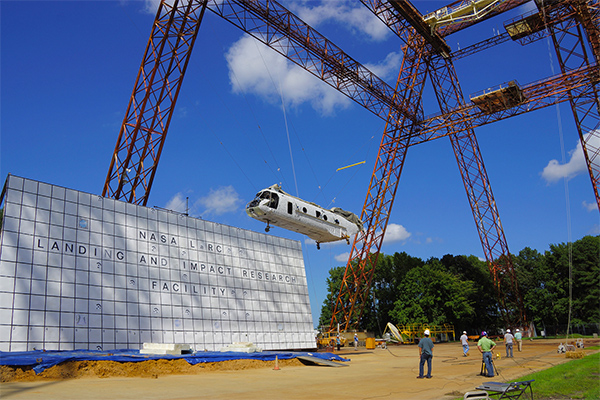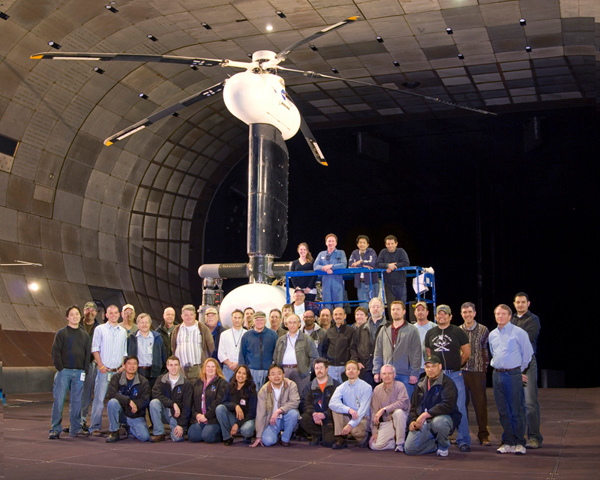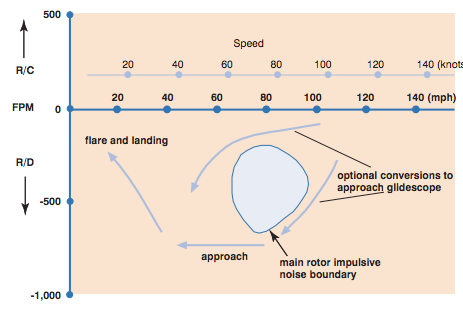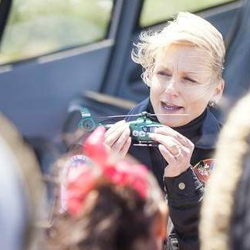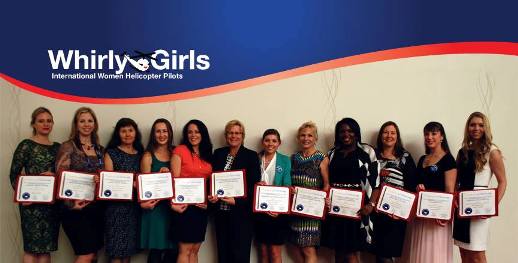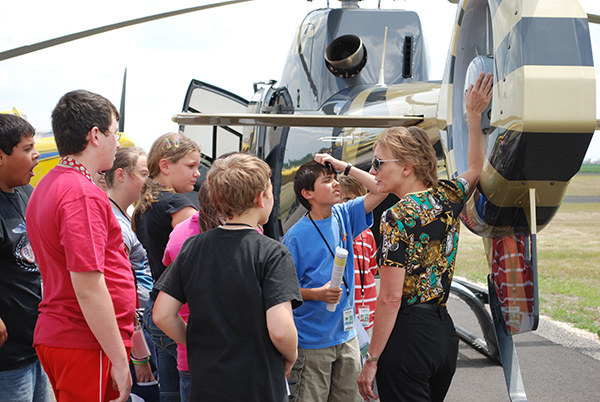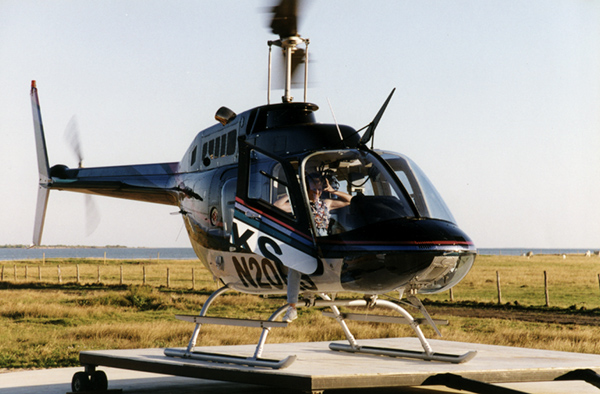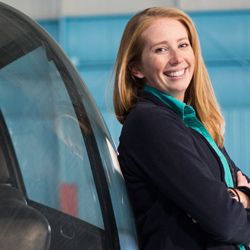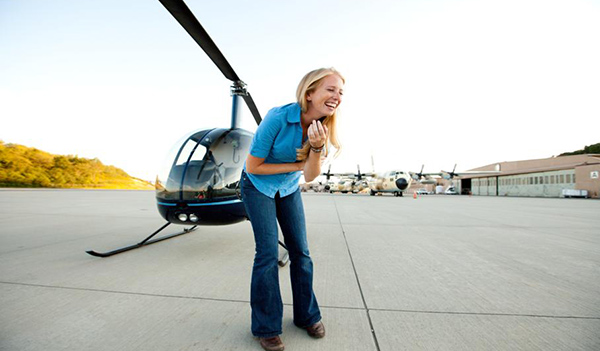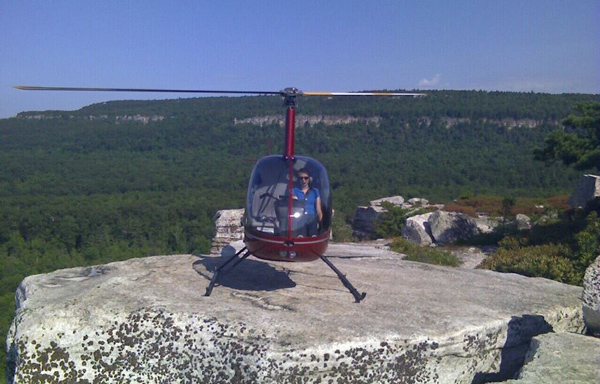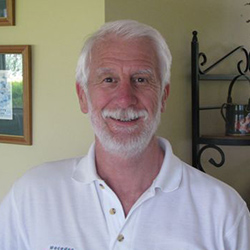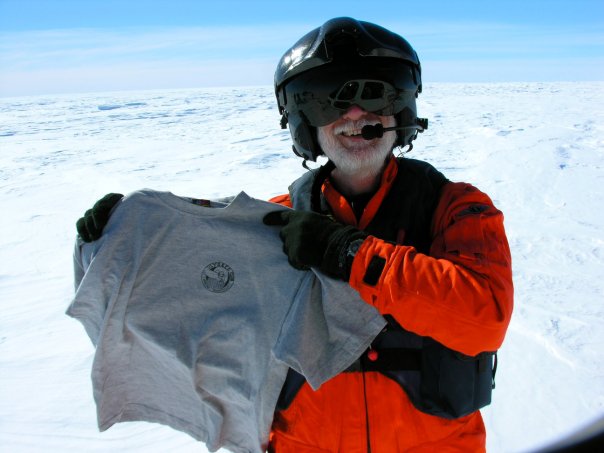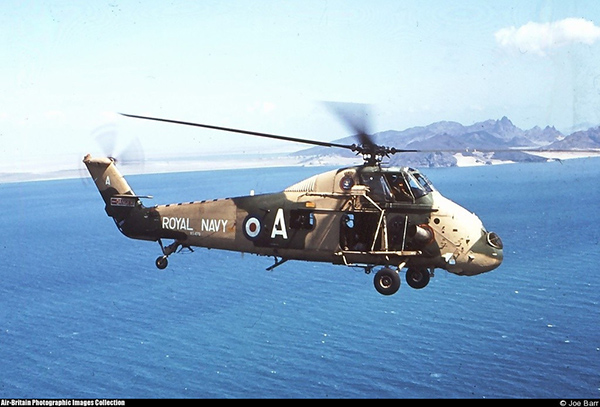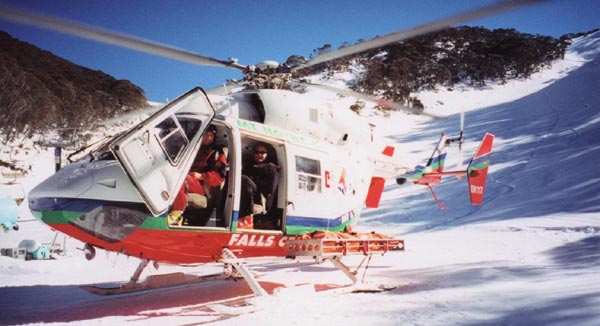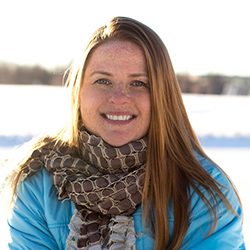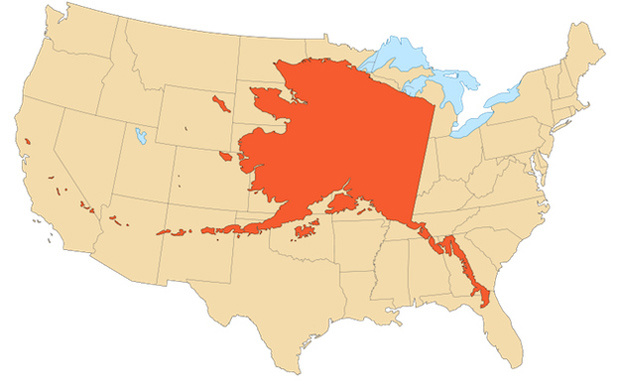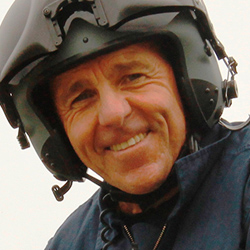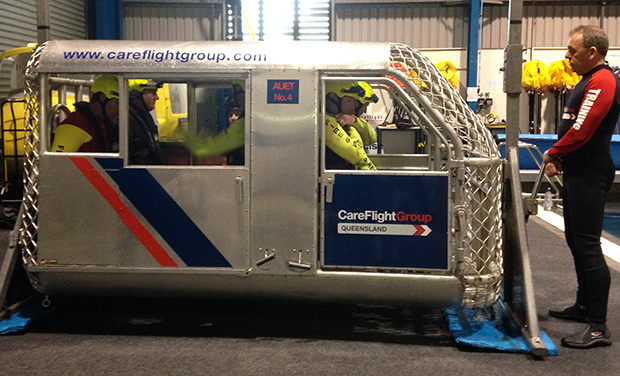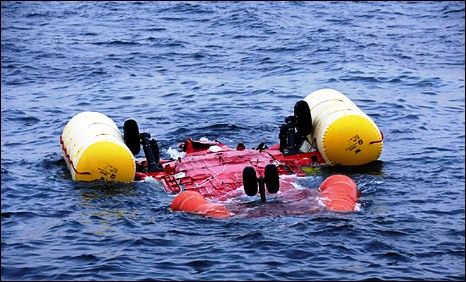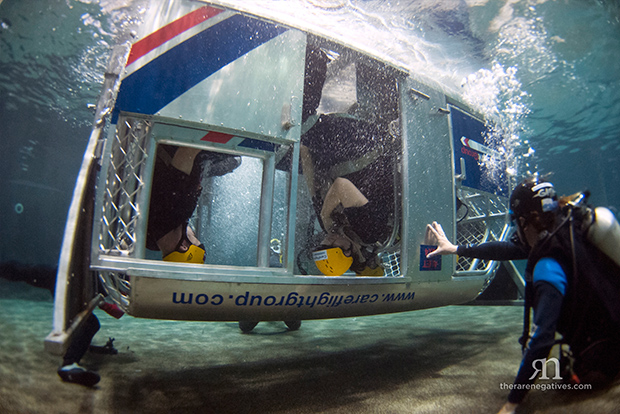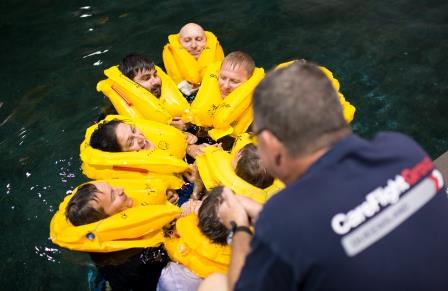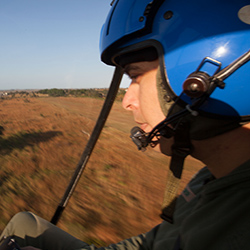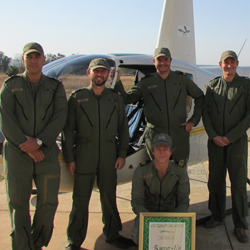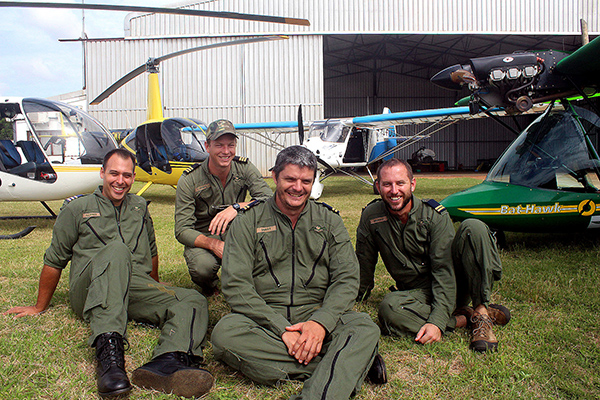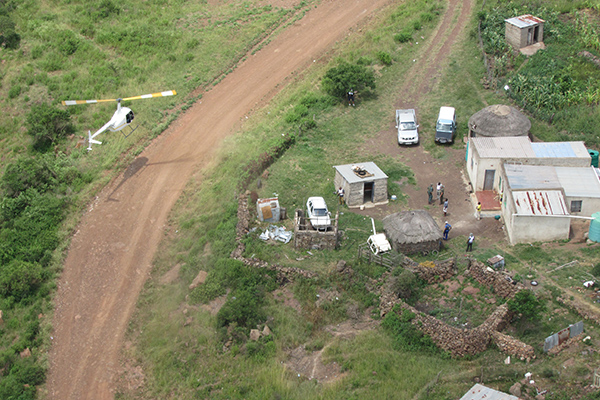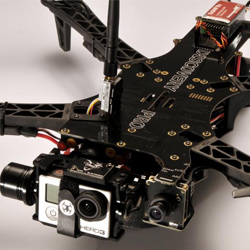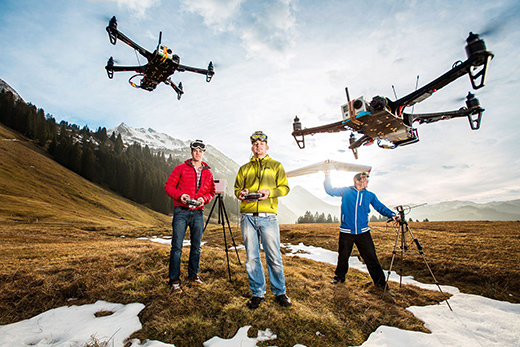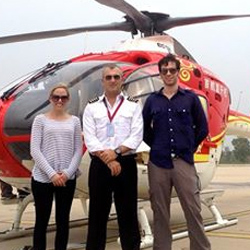Podcast: Play in new window | Download
Subscribe: Apple Podcasts | RSS
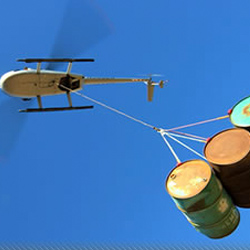
Do you remember how humbling it felt first learning to hover? If you ever want to experience that feeling again then give longlining a go.
The ability for helicopters to move equipment and loads to remote or hard to reach locations makes them incredibly useful machines. Helicopter longlining notches that capability up several levels of awesomeness.
There are utility helicopter pilots the world over that earn their living through this challenging skillset and today we get to find out a bit more about what is involved.
Andre Hutchings is an experienced longline pilot and instructor. We catch Andre between trips to Afghanistan where he is introducing longline work to the military forces there and resupplying outposts. Where you hear in this interview is a super condensed ‘how-to’ longline lesson so get ready to take some notes.
You’ll find links to resources and sites mentioned in the show further down the page.
Podcast: Subscribe in iTunes | Play in new window | Download
00:55 Listener feedback – Brett from Melbourne, Australia
02:07 Leave a review here
02:20 Movember charity event for men’s health – sponsor Mick here
03:25 Future project – if you want to promote helicopters worldwide get in touch
04:02 Quote of the week
04:56 Welcome Andre Hutchings – longing and vertical reference
05:30 Longline work in Afghanistan with US military
06:58 First flying experience – L.A. , instructing, L.A. police department, Columbia Helicopters, MD500, Vertol, Chinooks, country manager in Afghanistan
08:10 Compressed longlining course into an interview
08:30 Volomission longline training company
09:25 Vertical reference vs longline
12:35 Some of the more interesting external loads
13:49 What makes a good longline machine
15:11 Human factors, seating position, fatigue, single pilot
17:34 Preflight planning, load weights, load order, distance, fuel
18:50 Weight and balance, load flight characteristics
20:28 Equipment – hook check, lines, nets, briefings
23:29 Line materials – steel vs synthetic, jacket, electrical line
26:34 Taglines
27:29 Groundcrew and signals
29:44 Aircraft pickup, taking up the slack, lifting the hook clear
33:09 Hooking up the load / transition
37:28 Loads in flight – turns, rolling in and out, spinning loads
39:22 Approach, judging height, speeds
41:40 Correcting a swing
43:25 Cocking off for wind and sight picture
45:06 Christmas trees
46:56 Releasing the load and rigging
51:09 Flight emergencies
53:08 Where people go wrong with longlining
56:23 Remoted instruments
57:34 Volomission longlining course structure
1:01:40 [email protected] / volomission.com
1:03:46 Show sponsors trainmorepilots.com
Links from this week’s episode:
Volomission – Longline training courses
Movemeber charity sponsor page
LA Helicopters Longline Course (rebranding as Volomission)
Dont’ try this at home! This is the Christmas tree video we talk about in the episode.
Be part of the conversation around this episode by leaving a comment below.
